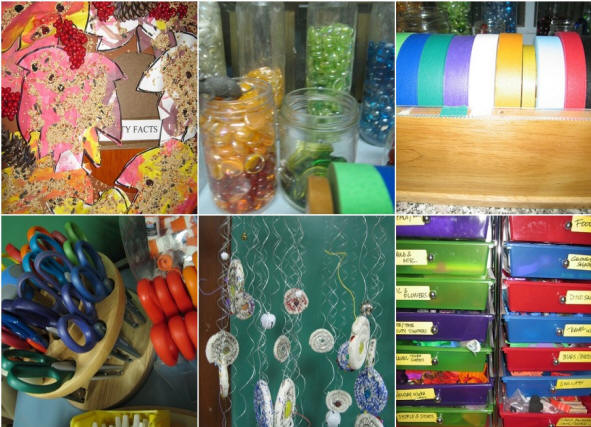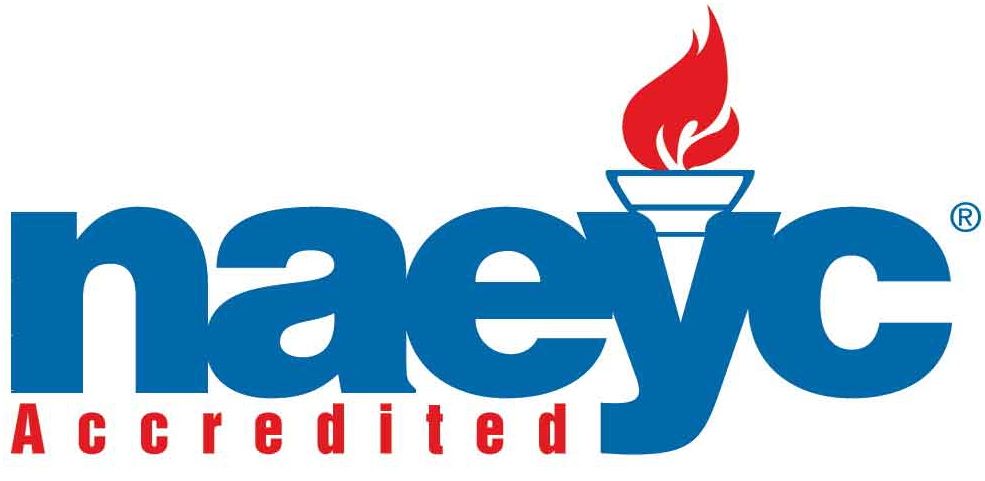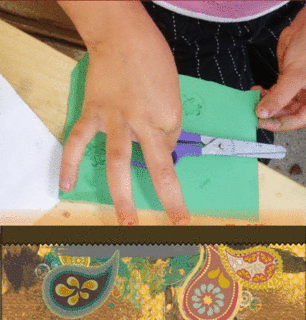Reggio Emilia

Reggio Emilia Philosophy
Reggio Emilia is a city in northern Italy where educators, parents, and children began working together after World War II to reconstruct society and build an exemplary system of municipal preschools and infant-toddler centers. Under leadership of the visionary founding director, Loris Malaguzzi (1920-1994), the system evolved from a parent cooperative movement into a city-run system that exercises a leadership role in Italy and throughout Europe, and now increasingly in Asia, Australia, North America, and other parts of the world. The Reggio Institute in Stockholm, Sweden, is known as a source of innovation and reflection. Programs in Reggio are family centered and serve children at infant-toddler and preschool levels, with first priority given to children with disabilities or social service needs. Reggio Emilia is not a formal model like Waldorf and Montessori, with defined methods, teacher certification standards, and accreditation processes. Instead, educators in Reggio Emilia speak of their evolving "experience" and see themselves as a provocation and reference point, a way of engaging in dialogue starting from a strong and rich vision of the child. Reggio Children/USA is the North American arm of Reggio Children S.r.l., the Italian organization set up in 1994 to protect and enrich the educational theory and practice accumulated in the Reggio Emilia municipal infant/toddler and preschool centers.
Loris Malaguzzi's thinking reflects a social constructivism drawing from Dewey, Piaget, Vygotsky, Bruner, and others. Focusing on the infant and preschool years only, Malaguzzi rejected Piaget's stage notions as too limiting. He drew a powerful image of the child, social from birth, full of intelligence, curiosity, and wonder. His vision of an "education based on relationships" focuses on each child in relation to others and seeks to activate and support children's reciprocal relationships with other children, family, teachers, society, and the environment . This resourceful child generates changes in the systems in which he or she is involved and becomes a "producer of culture, values, and rights" Teachers seek to hold before them this powerful image as they support children in exploring and investigating. Children grow in competence to symbolically represent ideas and feelings through any of their "hundreds of languages" (expressive, communicative, and cognitive)—words, movement, drawing, painting, building, sculpture, shadow play, collage, dramatic play, music, to name a few—that they systemically explore and combine. Teachers follow the children's interests and do not provide focused instruction in reading and writing; however, they foster emergent literacy as children record and manipulate their ideas and communicate with others. The curriculum has purposive progression but not scope and sequence. Teaching and learning are negotiated, emergent processes between adults and children, involving generous time and in-depth revisiting and reviewing. Close, multiyear adult-child and peer relations are fostered, usually through a looping organization. Long-term, open-ended projects are important vehicles for collaborative work, in classroom environments carefully prepared to offer complexity, beauty, and a sense of well-being and ease. The Reggio Emilia approach was developed within and for the municipal child care and education programs serving children under 6 and therefore is not an elementary school approach.






